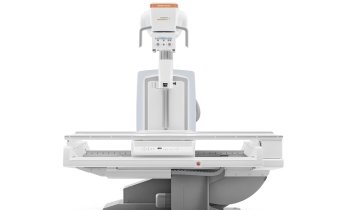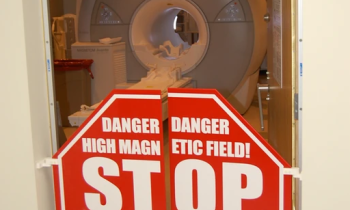Revised international accreditation standards for hospitals
The Joint Commission International (JCI) has produced a revised set of international accreditation standards for hospitals. Initiated in 1997, the JCI developed out of a need seen by the international community to have standards of care to assure quality and safety for patients. "When these standards were first devised, organisations around the world were trying to apply the US domestic standards but, due to the nature of those standards with all the rules and regulations from US government agencies, that was not possible to do", David Jaimovich MD, Chief Medical Officer of JCI told European Hospital in an interview with Karen Dente. The International Standards are a result from a consensus reached by a group of representatives from 19 countries that convened to discuss a global approach.
The current revised international standards, published in August in the third edition of the Handbook of the Joint Commission International Accreditation Standards for Hospitals, will form the basis for quality of hospital accreditation starting from January 2008. The emphasis remains in providing a framework for hospitals worldwide to create a safe environment for high quality care. As seen in the previous standards, the updated handbook is again divided into two components, with one section dealing with patient centre standards, the other focusing on healthcare management.
Patient centred standards deal with such issues as patient and family rights, access to care, medication management and use, patient and family education, and anaesthesia and surgical care. As per the changes from the previous edition, ‘… it is a bigger book with more measurable elements but just a few less standards,’ said Dr Jaimovich. ‘It has more of a focus on medication management and there is a separate chapter on medication management and use, and anaesthesia and surgery. These are all high-risk areas where we have seen over the years that hospitals tend to struggle the most, ‘he explained.
The revised standards include a new section on supervision of continued education of health-
care staff based on the USA’s standards. The staff qualification chapter has been enhanced and the communication chapter is new in all areas of communication – written, oral and electronic. This refers to the information necessary in a medical record to provide information from one healthcare professional to another, or one service to another. ‘There are certain expectations about privacy and protecting the security of information, especially when passed along electronically, and the standards are very clear on that,’ Dr Jaimovich explained.
More information can be found
at: www.jcrinc.com/25300. The standards can be downloaded in electronic version from this site.
30.10.2007









